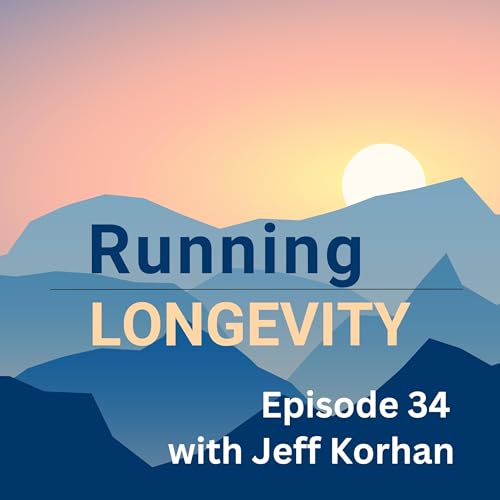In this episode, we will address how to optimize your training to make it more intentional. Runners of all experience levels can fall into the trap of running junk miles. This happens when they don't have a running strategy or a plan.
When you run strategically, you are more likely to achieve gains. That is, you are more likely to reach your goals. More importantly, that intentional approach will be more balanced and reduce injuries.
#1. Develop A Viable Strategy
Strategy is not planning. We'll get to planning in a minute.
Strategy is identifying the conditions necessary to reach your goals. This includes setting aside the time for training and recovery, acquiring the right gear, optimizing nutrition, and more. These are all conditions that are under your control.
Then, there are conditions that you cannot control. However, if you prepare well, you'll easily manage the impact of these potential challenges.
#2. Find a Suitable Training Plan
A plan is more than a schedule of workouts. It should explain why each type of workout is used, how it will be executed, and its intended purpose.
Better plans include all the classic running workouts: tempo, speed, easy, progression, hills, shakeout or recovery, and so on. This variety seeks to train for specific gains that collectively make you a better runner for the planned race.
Don't waste another season faithfully following a plan that won't work. Be sure it aligns with your strategy, strengths, and weaknesses. There's a lot more to training than mileage.
#3. Honor Each Workout's Intended Purpose –Tempo is tempo. That's its purpose. We practice tempo to lock in a pace, to make it as automatic as possible when we show up nervous or overconfident on race day.
If you run faster because you feel it that day, you train your mind and body to do that during your next race. That may work for shorter races, but it could prove disastrous and painful for a half or full marathon.
#4. Customize Your Training For Experience And Conditions
You don't have to follow the plan to the letter. You may need to dial back the mileage or pace if you are recovering from an injury. Or you may need a longer warmup than is usually called for if you are an older runner.
As we noted earlier, there are controllable and uncontrollable conditions. You may have the best intentions and readiness, but if the weather is unusually hot and humid, permit yourself to do what you can and make up the intensity or mileage another day.
#5. Use Technology To Inform Your Decisions
A journal is one of the most valuable tools for runners seeking to improve their performance and longevity. Every day, we can accumulate valuable data to inform our decisions.
In addition to tracking the usual running data, such as mileage, pace, and weather conditions, I track heart rate and Zone 2 Intensity to get a sense of how my body responds to my training.
Heart rate is a good gauge of general fitness, but it doesn't tell us much about recovery. That's what heart rate variability, better known as HRV does for us.
We'll explore HRV and the Morpheus System in a future episode. For now, just know that the HRV technology is invaluable for evaluating your day-to-day recovery to optimize your training intensity.
If you enjoyed this episode, please consider subscribing to my email newsletter for twice-monthly updates. You can do that by going to runninglongevitylab.com and scrolling down to the subscribe box on the right side of the home page.
Thanks so much for joining me today. Be safe out there, and make 2025 your best running year ever!
 Oct 31 20257 m
Oct 31 20257 m Jul 29 20258 m
Jul 29 20258 m Jun 24 20258 m
Jun 24 20258 m May 22 20257 m
May 22 20257 m 6 m
6 m 7 m
7 m Feb 10 20258 m
Feb 10 20258 m Jan 15 20256 m
Jan 15 20256 m
